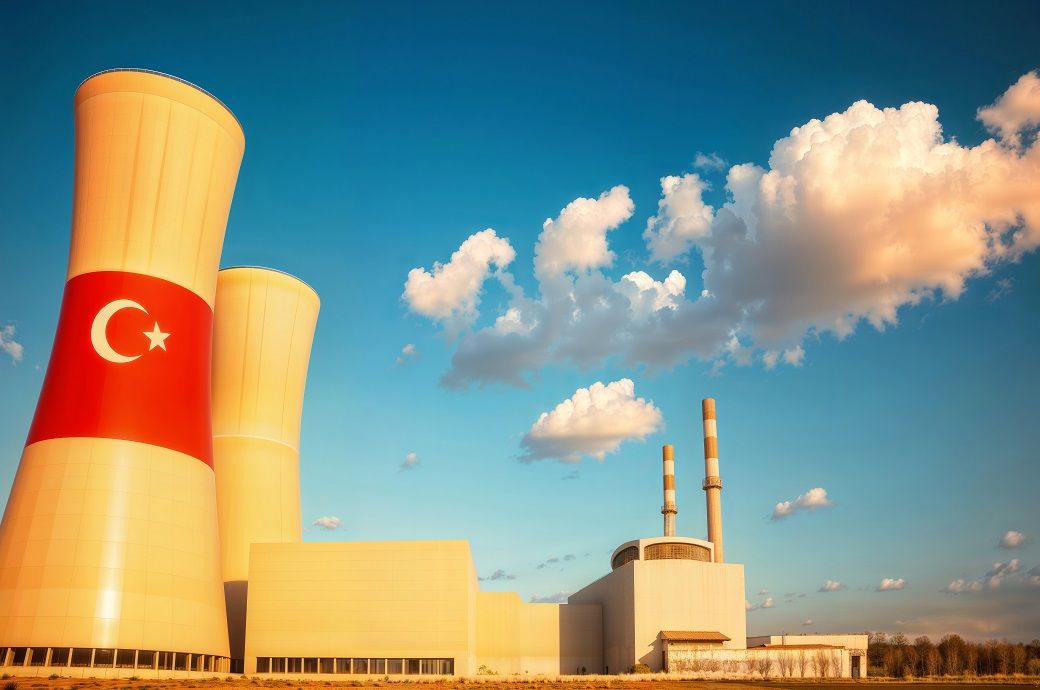How Safer and More Resilient Schools Withstood the Earthquakes in Türkiye
Among the 24 schools in affected areas, four schools, which are located in Kahramanmaraş province, have been used by the Turkish government to provide temporary shelters. These same schools have also been used by the government for the provision of vital services for affected populations.
Across Türkiye, it is estimated that over 40,000 people now have access to safer and resilient schools as a result of the Ministry of National Education’s initiative on safer schools, supported under the Education Infrastructure for Resilience Project. Roughly half of the beneficiaries are estimated to be female.
In addition to seismic safety, each of the 57 schools built through this project also complied with Turkish codes and regulations on land use planning, energy efficiency, fire protection, workplace safety, and access for people with disabilities. The end result has been a safer and better learning environment for students and trainees.
Determined to ensure the resilience of its education infrastructure in one of the most earthquake-prone countries in the world, Türkiye has been a leader in the safer schools agenda. Since 2015, Türkiye has partnered with the World Bank and GFDRR, including through the Global Program for Safer Schools (GPSS), on ensuring that schools across the country are safer and more resilient to disaster.
In the context of the Education Infrastructure for Resilience Project and the Disaster Risk Management in Schools Project, GFDRR, in particular, has connected the Turkish government with international experiences on safer schools, helped established a program on reducing seismic risk, and supported the expansion of disaster-resilient education infrastructure.
Looking ahead, the World Bank and GFDRR will remain steadfast in supporting Türkiye as it strives to rebuild and recover in the aftermath of the devastation, while also continuing to lay the groundwork for a more resilient future.
“We experienced horror, but we are still grateful that we are alive, our kids are alive,” said Kübra Çetinkaya, a survivor from the disaster.



